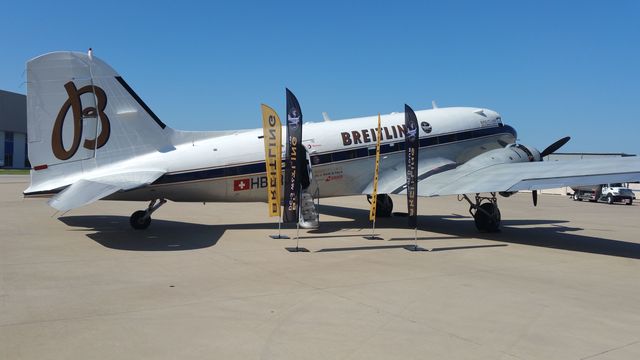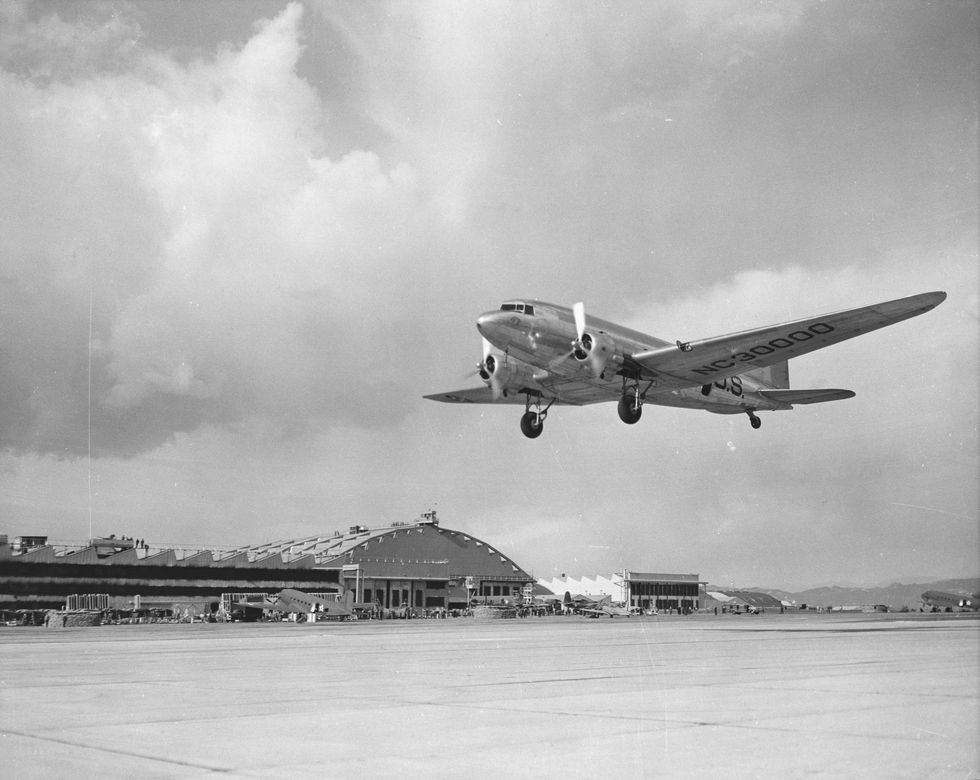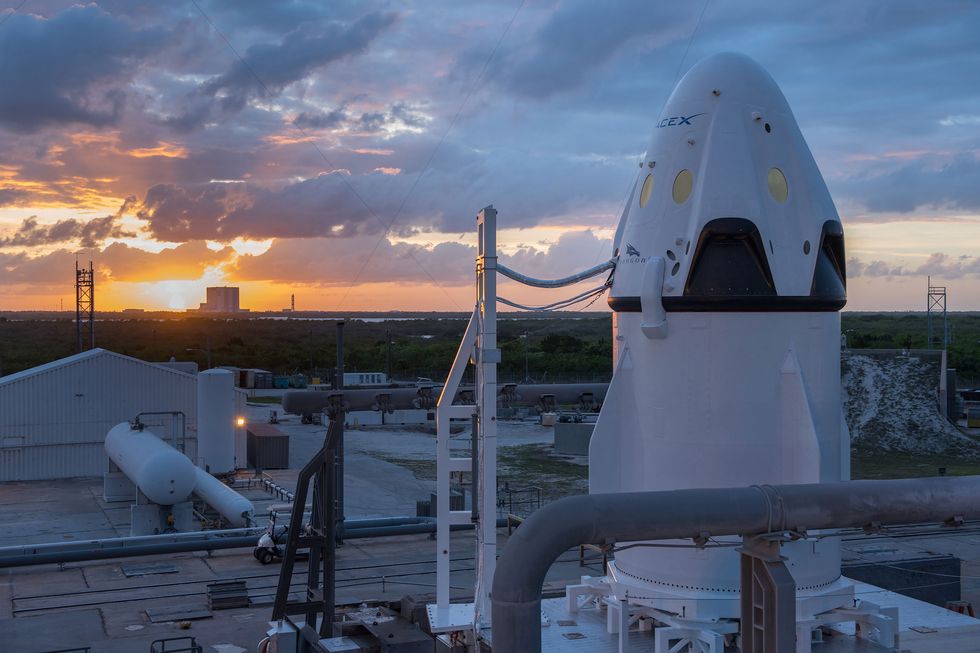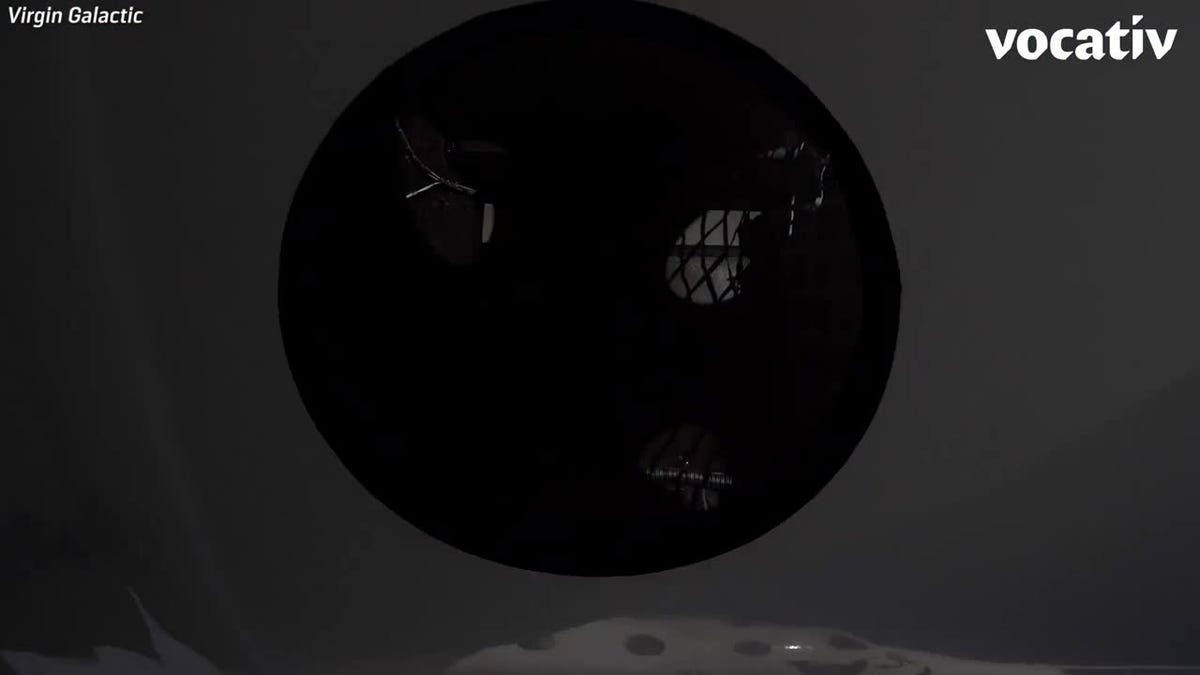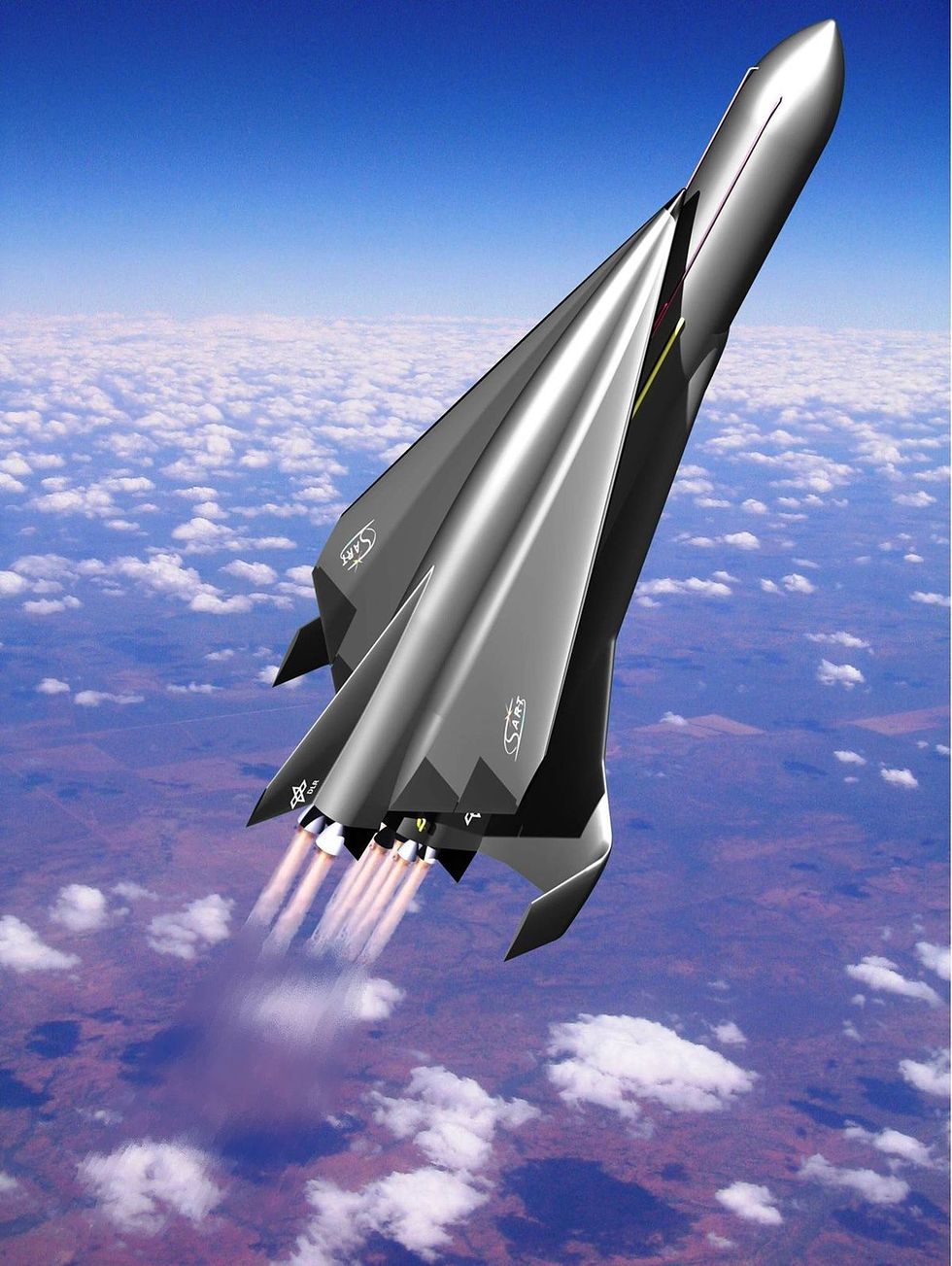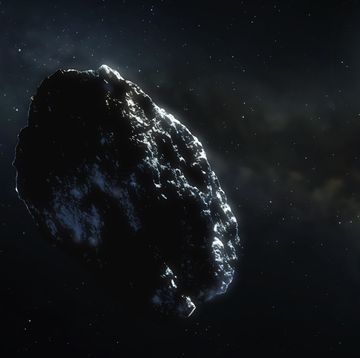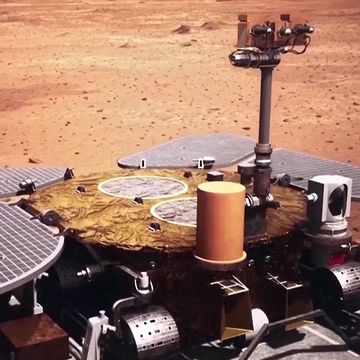For a 77-year-old plane, the Breitling DC-3 looks damn good sitting on the flight line in Addison Airport in Texas. This is one stop on the luxury watch company's world tour, where it's using the classic flyer to sell watches and make a little aviation history, as Breitling's DC-3 will become the oldest airplane to circumnavigate the globe. The trip has afforded the public the chance to experience short flights in the venerable airplane, which enjoyed its heyday in the 1940s.
Flying in the DC-3 highlights the airplane's place in history in a visceral way, but also says something about the future of aerospace. This twin-engine legend redefined aviation, opening up the possibility of flying to an entirely new stratum of people. It was a catalyst that led to the small, high-flying world we live in today.
This lesson could not be more appropriate. The world needs a new DC-3—but not for commercial aviation. We need one that goes to space.
ANYWHERE IS A RUNWAY
In the 1930s, before the DC-3, the state of aviation in the early 1930s was dire. Airplanes were slow, leaked fumes into the cabin, and had limited range. That range thing was a big deal, especially since there were hardly any airports around. Touchdowns for maintenance meant landing in fields, empty roads, or anywhere else it looked flat. Back then, it was standard operating procedure. Today we'd call it an emergency landing.
What aviation needed was a machine that could be safe, comfortable, and cheap enough to carry paying customers. C.R. Smith, the president of American Airlines in 1934, demanded Douglas Aircraft build an airplane that could serve as an airliner. The result was the DC-3, which first flew at the end of 1935.
The plane had twin 1200-hp engines and clever, cantilevered wings. Before the DC-3 it took 25 hours and 15 stops to cross the country in an airplane. The new airplane cut that down to three stops for fuel. And the passengers were treated well, with sleeping berths, drinks, and fine meals served for a $300 ticket. Rich people could fly and feel comfortable – physically and mentally.
Riding in the Breitling DC-3 in 2017, during a half-hour excursion over north Texas, it's hard to feel the luxury right away. The heat while you wait for takeoff is oppressive and those powerful engines drone loudly. This time-traveling thought experiment is marred by modern seats and a lack of in-flight service. Seats have been removed to make room for larger fuel tanks, making it hard to imagine the experience of a full load of passengers.
Even so, you can sense from the interior of the DC-3 what an amazing feeling it must have been for a first-time flier in 1940 to board the vehicle, stare out the square windows at the ground unrolling below, and be transported across the country. The DC-3 is not pressurized, limiting its maximum altitude to around 10,000 feet. (That explains why so many continue to fly for so long. The DC-3 suffers no metal fatigue from repeated pressurization and depressurization, which literally expands and shrinks the fuselage like a balloon each flight.) This low cruising altitude gave the DC-3's passengers the chance to appreciate the experience and see the world from a brand new vantage.
DRAGON ATTACK
Looking at the way people can get into space in the 21st century, it's clear we're lagging behind even the 1934 version of commercial aviation. A grand total of seven space tourists have spent about $30 million for trips on cramped Russian capsules to spend time at the only destination available, the International Space Station. No one has visited for money since 2009, mostly because ISS is already full of, you know, actual astronauts.
Space tourism isn't dead, it's just waiting for more opportunities. SpaceX has announced that a couple money down for a journey around the moon set to launch in 2018. They will ride in the Dragon 2, the man-rated capsule that will deliver crew to the ISS next year. (Last week, NASA said SpaceX's schedule for the capsule will feature an uncrewed test flight in February, followed by a crewed test flight in June.)
So is the SpaceX Dragon the new DC-3? No. And that's not a knock on the craft, which is a sleek capsule with modern seats, avionics, and new retrorockets for softer landings. But a spacecraft is nothing without a spaceport to accommodate it. That's sort of transportation 101. The Dragon capsule will be dressed up with no place to go—yet. So it can't be the standard bearer that democratizes spaceflight for a new generation of earthlings. By the time a moonbase hotel is built and ready for visitors, a new rocket and capsule will be taking them there.
There is somewhere else to look for the space equivalent of the DC-3 to arise: spaceplanes. One of these months (or years), Richard Branson's Virgin Galactic will launch well-heeled customers to suborbital space in an air-launched spacecraft. The craft may be called a spaceplane, but what they have on offer is not so much of a journey, as an amusement park ride, a quick up and down to suborbital space. It ends up on the same runway it left from. Even so, a growing list of people have ponied up six figures for the privilege of a few minutes at such great heights.
DOUBLE DUTY
The DC-3 made it possible to operate a passenger airplane and make a profit doing it. These days, in the holds under the seats, every airliner is also a cargo airplane. Doubling up is smart, and fiscally prudent.
Likewise, the operation of a space plane network means opening up the benefits to more people. A true spaceliner could get people from A to B in one-third the time of even a supersonic airplane. That's two hours to get to Tokyo from New York. And it's not just for passengers. Cargo shipments, mircrogravity experiments, environmental monitoring, astronomy, organ donation, emergency humanitarian deliveries, military operations – the more places a spaceplane can operate, the more uses they'll get. In this context, "uses" means "customers." And customers are what you need to create an industry. Once spaceplanes get up to speed, two-hour global delivery of goods could revolutionize whole industries.
The key trend in this story is the quiet rise of spaceports in the United States and across the world. From Waco, Texas to Cape York, Australia, people are chasing certifications to launch—and more importantly, to land—spaceplanes. There's a boom in FAA-registered spaceports in the United States, and more coming. All you really need to create one is a long runway and an industrial base, and some patience with red tape.The ability to host spaceplanes means your municipal airport can become a node in this new world of point-to-point suborbital space travel.
When the spaceplanes are flying, there will be plenty of spaceports ready and waiting to receive them. Travelers will stare out the round windows at the curve of the earth and gain that perspective, the same way a 1940s passenger looked down at the landscape and saw the planet in a new way. But the change of views will also influence those on the ground, from the spaceport employees to the surgeon stitching a donated kidney to a patient.
Space travel will be part of our everyday lives. When we take the spaceplanes overhead for granted, and complain about the long lines at the spaceport security checkpoints, we will know the new age of spaceflight has arrived.
Joe Pappalardo is a contributing writer at Popular Mechanics and author of the new book, Spaceport Earth: The Reinvention of Spaceflight.
